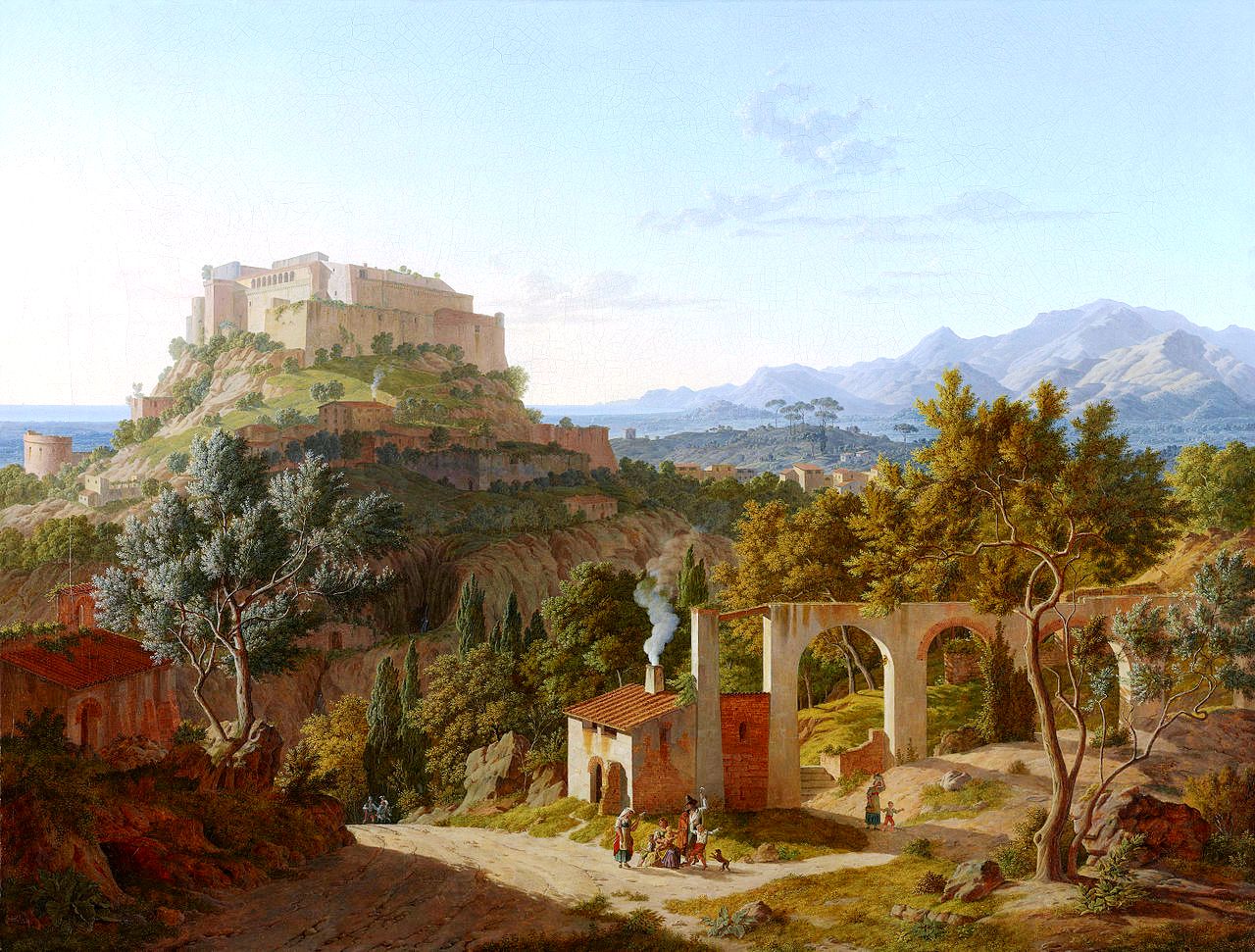Duchy of Apuania
The Duchy of Apuania is a small state in the north part of Tuscany in central Italy, 14 miles east of La Spezia. Both Carrara and Massa are found below the Apuan Alps; Carrara is famous for the white or blue-grey marble that has been quarried since Roman times. Carraran marble was used to sculpture Michelangelo's David, the Pantheon, Trajan's Column and many other famous sculptures and buildings. The Duchy is densely populated on the narrow plain below the mountain.
The Duchy covers an area of 1.3 hexes and has a population of 84,417. It borders on Reggio, Modena, Lucca, La Spezia, Pontremoli and Parma.
Contents
Geography
Apuania has a landscape dominated by the Apuan Alps, characterised by steep and rugged slopes, formed in part by the extraction of marble over time. These slopes are quite dramatic and produce a unique visual experience. Natural caves occur, hidden within crevices and rock formations. Between the mountains, valleys and gorges add depth and variation; in places, small plateaus between the mountain peaks offer panoramic views of the surrounding landscape and the nearby Tyrrhenian Sea. These mountains vary from 3,200 to 3,940 ft.
The city of Carrara is located in a narrow valley among mountain foothills, 4½ mi. from the Sea. The city is surrounded on all sides by the steep marble-bearing mountains distinguished by their white "glaciers" of stone tailings from the quarries. The valley follows the Magra River above its junction with the Vara. The upper part of the valley is known as La Lunigiana.
The city of Massa is located on slopes surrounding the Malaspina Castle; the dense city has narrow, crooked streets. The Duchy controls a small bay upon the sea, called the Marina di Massa, three miles below the city of Massa.
History
The city of Massa originated as an Etruscan village; the area was conquered by the Romans in 177 BCE, who established a colony at Luni. The County of Lunigiana appeared in the 10th century AD; thereafter it passed from one hand to another until coming under the control of the Obertenghi family, a prominent Italian noble family of Frankish origin who were pre-eminent in Milan. The lands were purchased in 1473 by the Malaspina family, under which it was a marquisate. The region passed to the Cybo Malaspina branch in 1553. In 1568 it became a principality and in 1633, a duchy.
Culture
The Carrara cathedral is a combination of Romanesque and Gothic styles, built prior to 1035 and the facade further decorated in the early 12th century, then again in the late 14th. The bell tower stands 108 ft. The interior of the cathedral consists of a taller nave with exposed wooden trusses, and two smaller cross-vaulted aisles. The Malaspina Castle crowns the top of a rocky hill and dominates the underlying plain along the Tyrrhenian coast. Levelled to the ground in 1269 by an army of Lucca, the castle was rebuilt. It serves as a military fortress.
Trade
Apuania's marble quarries created trade networks throughout Europe, as merchants, traders and craftsfolk came to contract for building stone. This led to a dominant guild of artisans involved in quarrying and sculpting; thus Apuania was a cultural centre of artistic and architectural styles far and wide. The patronage of wealthy individuals, religious institutions and nobility sought to adorn their buildings, contributing to the region's prosperity and development. Revenues have been generally applied to better roads, to service the transport of marble on large wagons out of the duchy.
| Place | Topography | Product References |
|---|---|---|
| Apuan Alps | mountains | marble |
| Apuania | region | quartz, flour, wine, chestnut wood (3), cereals, olives (2), grapes (4), chestnuts (2), livestock, cattle, sheep (2), swine |
| Magra | river basin | cereals |
| Name | Population | Year founded |
Product References |
|---|---|---|---|
| Carrara | 26,882 | 150 BCE | marble (6) |
| Massa | 23,115 | 561 BCE | marble |
